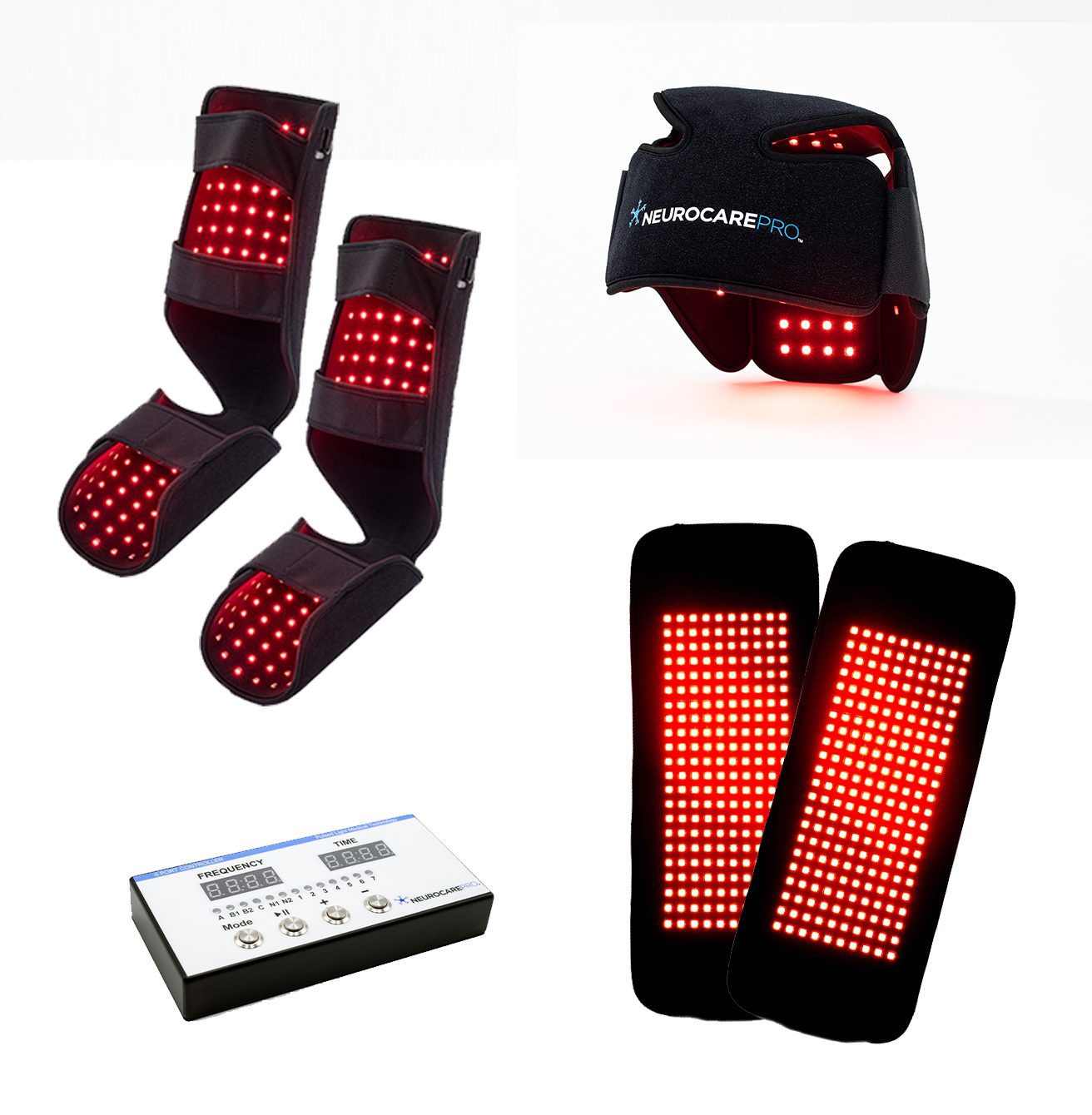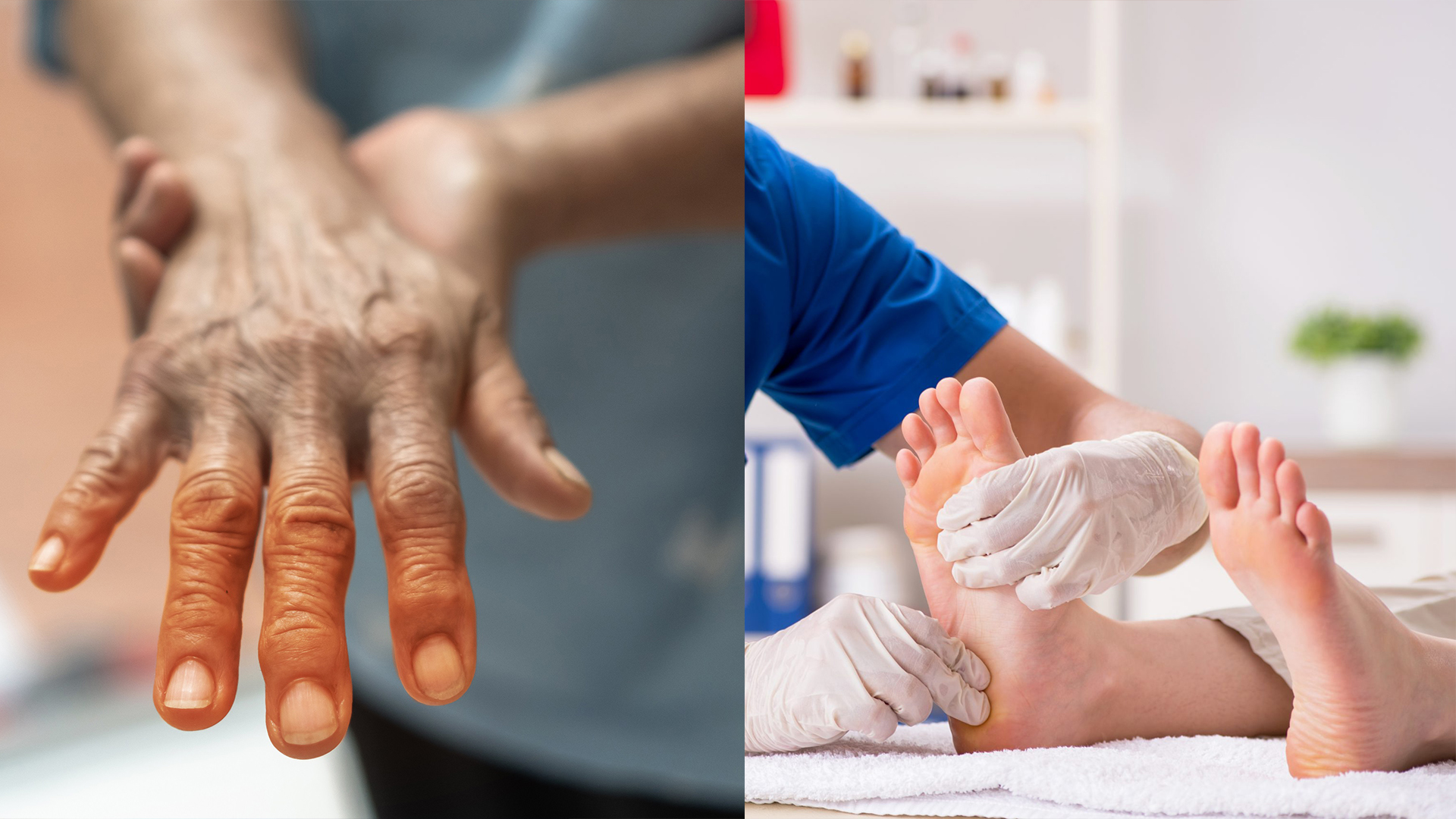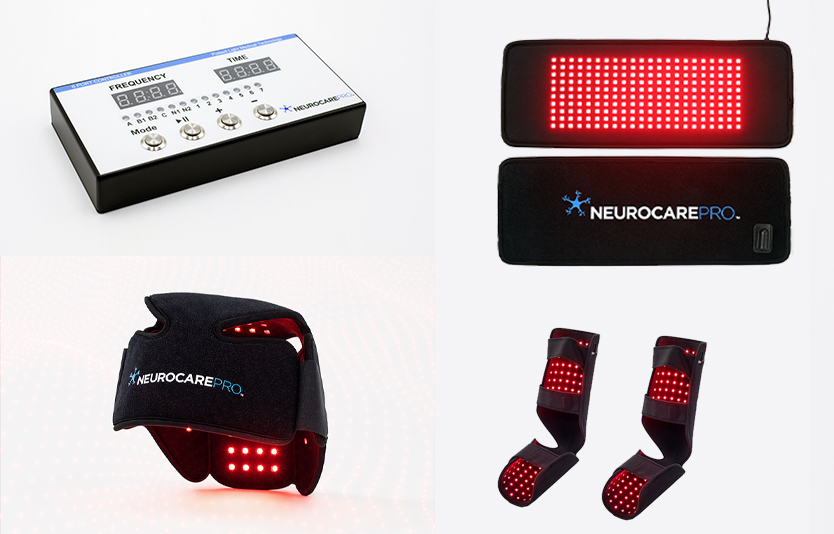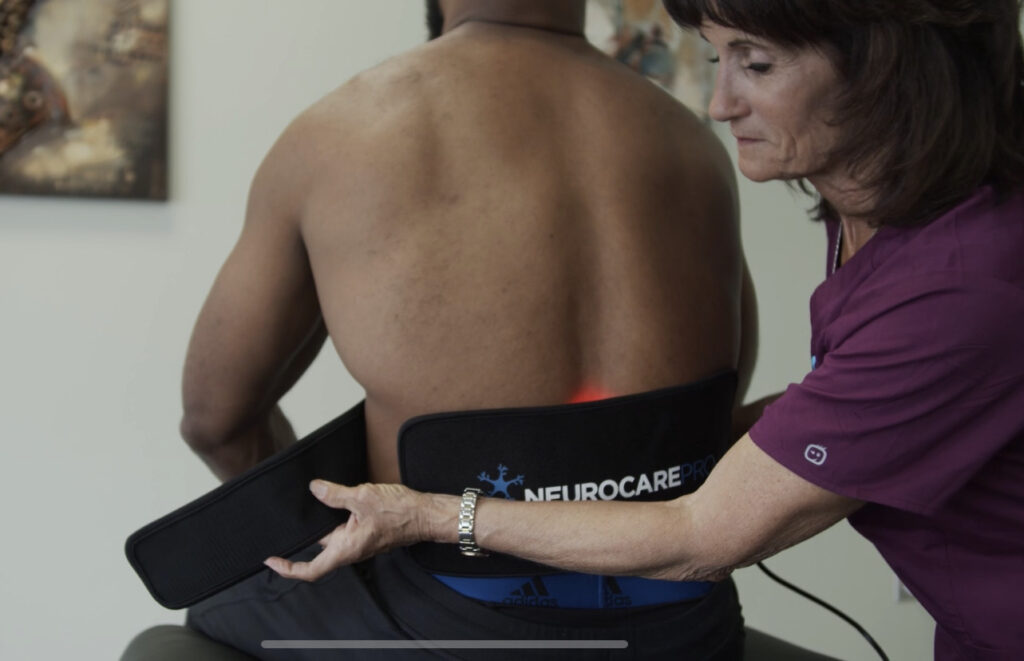RLT & Treating Peripheral Neuropathy
Studies show red light's gentle touch can work wonders for neuropathy:
Reduced pain: From burning sensations to tingling and numbness, red light can help ease the constant discomfort of neuropathy, offering a welcome reprieve.
Improved nerve function: By stimulating cellular repair and regeneration, red light may help damaged nerves heal and regain their lost function, leading to increased sensation and mobility.
Enhanced circulation: Red light therapy can improve blood flow to affected areas, delivering essential nutrients and oxygen to the nerves, further supporting their recovery.
Reduced inflammation: Chronic inflammation can worsen neuropathy symptoms. Red light's anti-inflammatory properties may help soothe irritated nerves and promote healing.
And the best part? Red light therapy is a safe, non-invasive, and painless treatment option. Many of NeuroCarePro’s devices are available for home use, allowing you to indulge in self-care sessions from the comfort of your own space. Remember, consistency is key! Regular red light therapy sessions, like gentle whispers of hope, can help unlock its full potential for a life less burdened by neuropathy. So, why not let the warm embrace of red light therapy rewrite your story, one chapter of regained comfort at a time?
Here are some sources to delve deeper into the wonders of red light therapy for peripheral neuropathy:
National Institutes of Health on Low level light therapy/photobiomodulation for diabetic peripheral neuropathy: protocol of a systematic review and meta-analysis: https://www.ncbi.nlm.nih.gov/pmc/articles/PMC9476114/
MedSpace on How Light Therapy May Improve Chemotherapy-Induced Neuropathy: https://www.medscape.com/viewarticle/994290?form=fpf
Dr. Courtney Conley (DC, BS’s in Kinesiology & Human Biology) on Red Light Therapy for Foot Neuropathy: https://gaithappens.com/red-light-therapy-for-foot-neuropathy/
Shine on, and let red light therapy illuminate a path to a life free from the grip of neuropathy, one radiant chapter at a time!
Use the Most Advanced Red Light Therapy Systems
 Provide your patients with the most advanced, powerful, and wide-coverage boot system available in the market. The Thigh-High 442 and Calf-High 364 boots are compatible with both the Neurocare Pro 6 port controller and the Neurocare Pro 2 port controller.
Provide your patients with the most advanced, powerful, and wide-coverage boot system available in the market. The Thigh-High 442 and Calf-High 364 boots are compatible with both the Neurocare Pro 6 port controller and the Neurocare Pro 2 port controller.
They are equipped with advanced firmware, two backlit displays, and offer versatile preset pulse rates for treating any part of the body. These boots are exceptionally potent, necessitating an 18V power source, in contrast to the 14V used by most other boots on the market.
Visit our products page or contact us for assistance.







